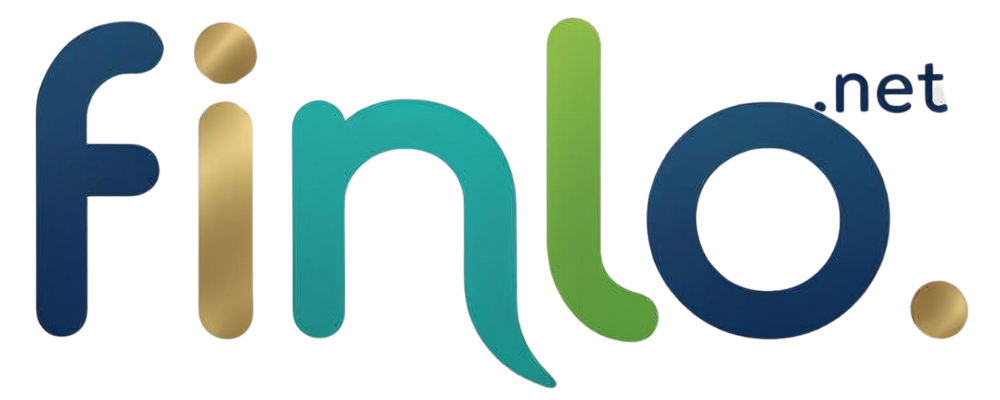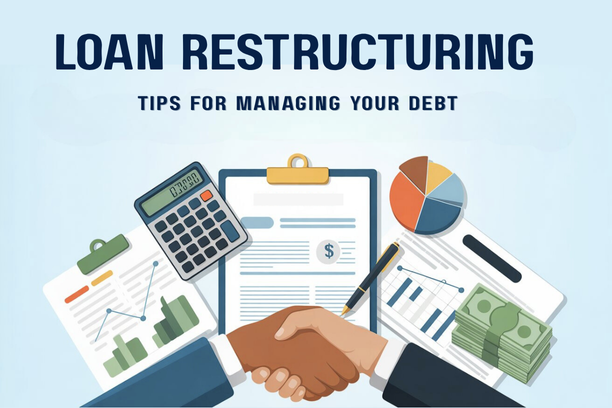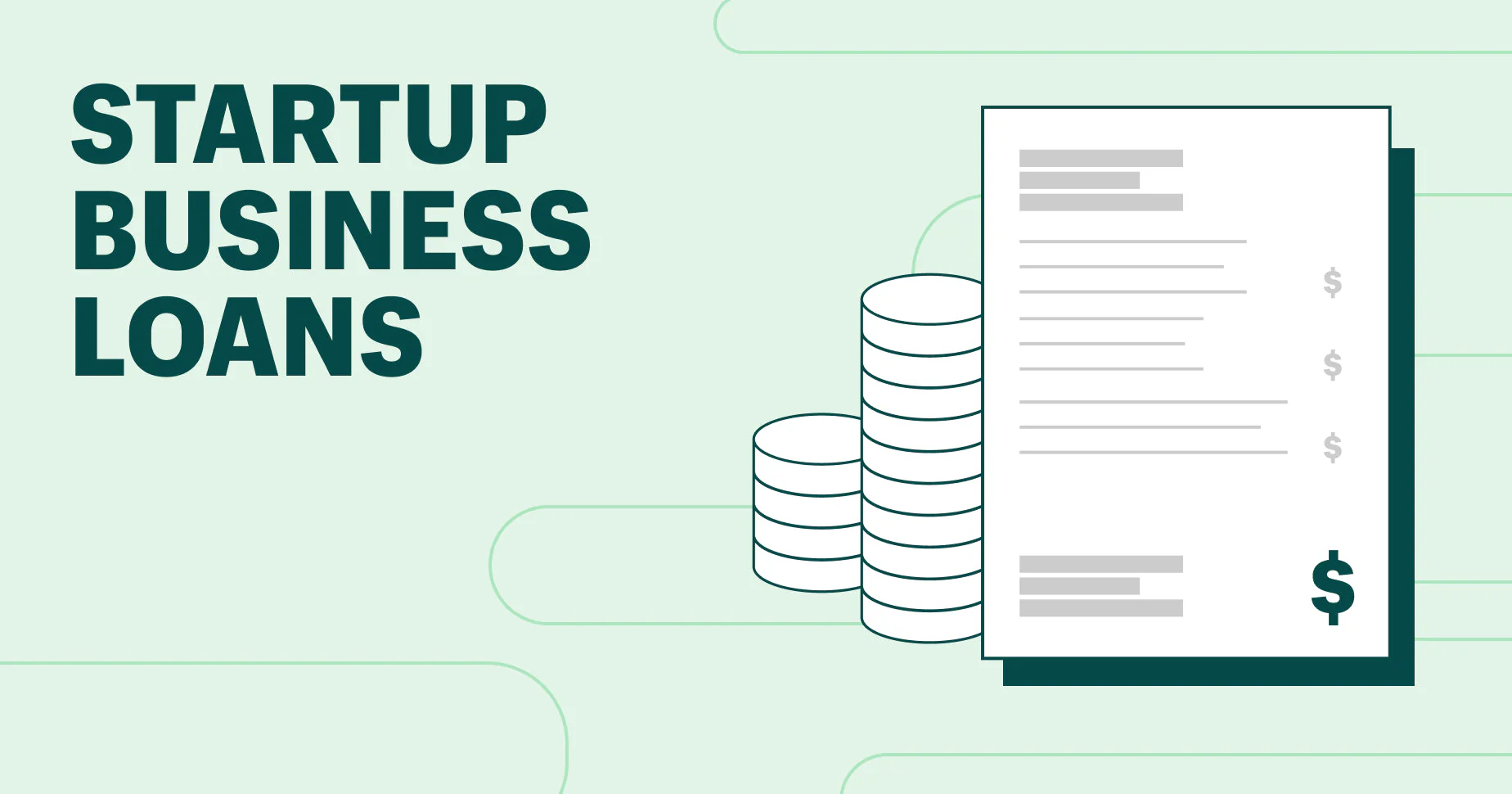For a Filipino entrepreneur, a business loan is the catalyst for growth. However, a history of financial difficulty, resulting in bad credit or a low credit score, can make securing a traditional bank loan nearly impossible. While the path is challenging, it is not hopeless. Borrowers with bad credit must explore alternative financing solutions that prioritize collateral and current business cash flow over past credit history. This guide will explore the most viable options and strategies for securing a business loan despite a poor credit score.
Alternative Financing Routes for Entrepreneurs
Traditional banks operate with strict risk models that heavily penalize bad credit. For this reason, entrepreneurs with a low credit score must turn to specialized financial institutions and models that are more lenient or that prioritize other factors, such as collateral.
Secured Loans and Collateral-Based Lenders
The most practical path for a business owner with bad credit is through a secured loan. A secured loan requires you to pledge a valuable asset, or collateral, as security for the loan. The lender’s risk is significantly reduced because they can seize and sell the collateral if the borrower defaults. The lender will focus less on your past credit history and more on the Loan-to-Value (LTV) ratio of the collateral. The collateral can be high-value items such as a clear-titled real estate property, a vehicle, or business equipment.
Because the loan is secured, the interest rates are typically lower than those offered by fully unsecured lenders. However, they are still generally higher than the rates offered by traditional banks to borrowers with excellent credit. This arrangement is a necessary trade-off: in exchange for the loan approval, you accept a higher borrowing cost and the risk of losing your asset. To maximize your chances, ensure your collateral’s paperwork (e.g., title, tax declaration) is clean and up-to-date.
For this reason, a secured loan is often the only realistic route for entrepreneurs with significant past financial issues. It demonstrates to the lender that, despite past mistakes, you have current assets and are willing to bear personal risk to invest in your business.
Microfinance and Non-Traditional Lenders
Microfinance Institutions (MFIs) and specialized fintech lending companies offer a lifeline to borrowers overlooked by banks. MFIs, such as those under the Microfinance Council of the Philippines (MCPI), focus on providing small, working capital loans to micro and small businesses. Their evaluation criteria often rely heavily on the current stability of the business and the borrower’s involvement in a group lending model, rather than a centralized credit score.
Fintech and online lending companies are also more accessible. They often use alternative data points for evaluation, such as the business’s online sales records, utility payment history, and current bank transaction history. While these loans are usually smaller and carry higher interest rates—sometimes reaching 3% to 5% per month—they offer an immediate and often unsecured injection of capital for operational needs.
These non-traditional lenders understand that a poor credit score doesn’t necessarily mean the business is failing today. They are an essential financial bridge, but borrowers must calculate the high interest rates into their projected revenue to ensure profitability.
Strategies to Increase Loan Approval Chances
When you have bad credit, securing a loan requires more than just filling out a form. You must proactively address your credit history and present an ironclad case for your business’s current and future financial health.

Focusing on Current Cash Flow and Business Plan
A business plan for a bad-credit borrower must be a meticulously detailed document focused on current cash flow. Lenders want to see a clear, undeniable picture of your business’s ability to service the debt today. You must provide a highly transparent set of bank statements, usually for the last 6 to 12 months, showing consistent, positive cash flow.
Your business plan should explicitly detail how the loan proceeds will lead to an immediate, quantifiable increase in revenue that is greater than the monthly amortization. This plan must acknowledge your past credit history, briefly explain the corrective measures you have taken, and clearly demonstrate that the conditions leading to the poor credit no longer exist.
For lenders, particularly MFIs, the daily or weekly cash flow from your business is a more important predictor of repayment ability than a five-year-old delinquency. Highlighting regular, stable sales and a robust customer base helps override the negative signals of a bad credit score.
The Power of a Co-Maker and Collateral
For a borrower with bad credit, securing a co-maker with excellent credit is a significant strategy. A co-maker (or co-borrower) agrees to be equally responsible for the debt, providing the lender with a second layer of security. If your business has a partner or a family member with a clean credit history, having them sign the loan can dramatically improve your chances of approval and may even lower the interest rate.
Furthermore, securing any loan with strong, unencumbered collateral is paramount. If you cannot offer real estate, consider offering an old vehicle or even inventory as security. The willingness to pledge collateral shows good faith and financial seriousness. Before applying, have your business’s financial records audited and your collateral appraised so you can present verifiable, professional documents.
This strategic approach shifts the lender’s focus from your past financial mistakes to the strength of your present resources and the commitment of your current partners.
Conclusion
Securing a business loan with bad credit in the Philippines is possible, but it requires a strategic shift from traditional bank lending to secured loans, microfinance, or online lenders. While you will likely face higher interest rates and must provide strong collateral, a highly detailed business plan that proves current, positive cash flow is your most valuable asset. By being transparent and using the leverage of a co-maker or assets, you can secure the necessary funding to turn your business around.













